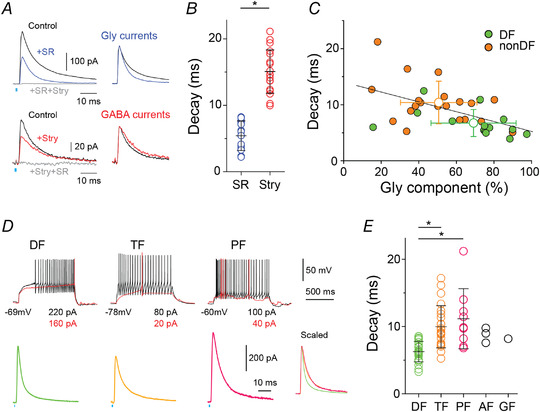Figure 5. The oIPSC of DF neurons have a larger glycinergic component that non‐DF neurons.

A, the glycinergic and GABAergic components of oIPSCs were isolated by applying SR95531 and strychnine, respectively. Glycinergic oIPSCs (blue) had faster decay time constants than GABAergic (red) and control (black) oIPSCs. Co‐application of both strychnine and SR95531 (grey) completely inhibited oIPSCs (3.6 ± 2.5% of control). Right, glycinergic and GABAergic currents normalised to their peak amplitude. B, quantification of decay time constant of oIPSC in the presence of SR95531 (blue, n = 17 from 14 rats) or strychnine (red, n = 18 from 17 rats; P < 0.0001, two‐tailed unpaired t test). C, relationship between glycinergic component and decay time constant of the oIPSC under control conditions (n = 14 DF and 21 non‐DF neurons; linear regression, R 2 = 0.288). D, control oIPSC examples from three types of SDH neurons classified by AP discharges during somatic injection of rheobase (red) and depolarising (black) currents. Right insert: oIPSC current from DF, TF and PF neurons normalised to their peak amplitude. E, comparison of decay time constants of control oIPSCs of neurons classified based on their firing pattern (DF: n = 24, TF: n = 23, PF: n = 9, AF: n = 3, GF: n = 1; P = 0.001 (DF vs. TF), P = 0.004 (DF vs. PF), Kruskal‐Wallis test with Dunn‐Bonferroni post hoc test). Mean ± SD are shown in B, C and E. [Colour figure can be viewed at wileyonlinelibrary.com]
